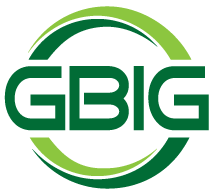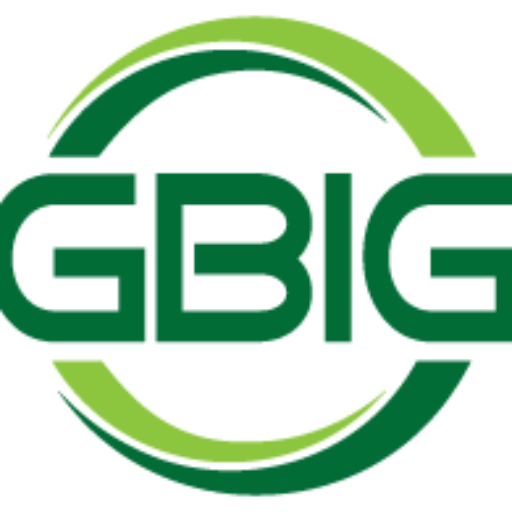
Press ready, for the future.
When you think about industries shaping the world, the label and packaging industry is not the first thing that comes to mind for most people — but it should be. Why? Labels are everywhere. They are all around us and used by most every business. They are essential! From your favorite snack & drink, to medicine, and tech gadgets, labels keep products fresh, organized, branded, and ready for you.
If you have ever thought about finding a career that is fun, creative and “future-ready,” the label and packaging industry is exactly what you are looking for. Let us break it down.
A Brief History: From Mom-and-Pop Shops to Industry Giants
The pressure-sensitive label (PSL) industry started in the 1930s when Stan Avery invented the first self-adhesive label. It was paper with sticky backing. That simple yet genius invention completely changed the packaging game, helping businesses label products like food and beverage containers faster and more efficiently than ever before.
At first, small family-owned companies dominated the scene, printing labels for local stores and businesses. In the 1950’s flexographic printing made it possible to print on a wider range of pressure sensitive materials. Label markets expanded into various industries. Each industry developed specialized applications with specific adhesive & material combinations and demand exploded.
Today, companies like Avery Dennison (yes, Stan Avery) Mactac, and Green Bay Packaging supply innovative materials to label printers and converters. Printing and converting label companies like CCL, MCC, Fortis Solutions Group, Outlook Group and Belmark have become industry giants that continue to grow in volumes, revenues, and technologies. The labeling industry continues to push the boundaries of sustainability, innovations, and capabilities.
Why the Label Industry is Super Cool (and Super Stable)
If you have ever scanned a barcode, ordered something online, or purchased a product at retail — congratulations, you have experienced the magic of pressure-sensitive labels.
This is part of what makes this industry so cool — labels are everywhere. And since they are essential in every industry, the demand never stops.
The label world is not just about slapping stickers on stuff. It is about combining art, science, and technology to create something functional and attractive. Whether it is a killer label on your favorite energy drink, a tamper-evident seal on medication, or a high-tech RFID label for inventory control, the industry is bursting with creativity and innovation.
The label and packaging industry is stable. Businesses and consumers will always need labels and packaging; therefore, it is a career path you can invest yourself in and rely on despite what happens in the economy, especially in the press room. Remember 2020, eh-gads?! The entire world shutdown, yet label and packaging presses roared on!
Where Are Labels Used? (Spoiler: Literally Everywhere)
You may not notice labels much, but they are a part of your daily life. Larger market segments that use a high volume of labels include:
- Food & Beverages: From produce to meats, dairy, snacks, and frozen meals — they all need labels. All beverages, juices, water, energy drinks use labels to display the brand and provide the facts: ingredients, nutrition, allergens — the works. Think about it, everyone must eat and drink!
- Pharma & Healthcare: Prescription bottles, over-the-counter meds, vitamins — they all rely on labels for safety, dosage instructions, and tamper-proofing. Every person on the planet gets sick and most are seeking to stay healthy.
- Retail & E-commerce: Every pressure sensitive prime label at retail has a barcode to scan. Online shopping? Labels make shipping and inventory happen. UPS, FedEx, USPS all run on labels, labels, labels. Welcome to “Scan City”!
- Personal Care & Beauty: Shampoo, makeup, skincare, lip balm, lotions — labels not only make these products stand out with pizazz, but they also tell what is inside and display how to use instructions.
- Warehousing & Supply Chain: Barcodes and RFID labels make tracking packages and managing inventory fast and accurately.
These are just a few market examples and there are many more that use labels: automotive, aviation, hardware, appliances, apparel, software, direct mail, nutraceutical, confections, wine & spirits, you get the idea— everywhere you look, there is a label doing its job.
The Future of Labels: Sustainability Meets Smart Technology
One of the coolest things about this industry is it is constantly evolving. Sustainability is a huge focus, companies are going green, developing recyclable labels, eco-friendly adhesives, and waste-reducing processes.
Labels are also getting smarter with QR codes, RFID tags, and NFC chips. Now brand marketers can connect directly with their consumers, engaging them with individual experiences. You can use your mobile phone to scan a QR code on a package and instantly watch a video, learn about the company, receive coupons, or how to recycle the packaging. Labels and packaging are more than product identification — they are interactive tools.
Careers in Labels and Packaging
There is a place for you if you are into graphic design, technology, sustainability, engineering, package design, working with your hands, printing, colors, marketing, problem-solving, or supply chain. This field provides thrilling career opportunities and influences product presentation globally.
It is more than a manufacturing gig — it is about solving client challenges, creating products that jump off the shelf, and helping brands tell their story.
The label industry is strong, robust, and growing. As long as products exist, they will need labels and packaging, which means job stability, career growth, and endless opportunities to innovate and make a real impact.
Final Thoughts — Packaging ROCKS!
The label and packaging industry is fun, one of the coolest, most creative, and essential industries on planet earth. It touches every product you see and every business.
It is the perfect place for the next generation of talent — aka, you!!!
So, next time you see a label on your favorite drink or scan a barcode at the store, think about the people, the “superstars” behind it—and consider being one of them.
The industry is ready for you to “glow-up” your career and make your mark.
AJ Buran
262-370-9563
AJBuran@outlook.com
linkedin.com/in/ajburan
35 years in printing and packaging
































